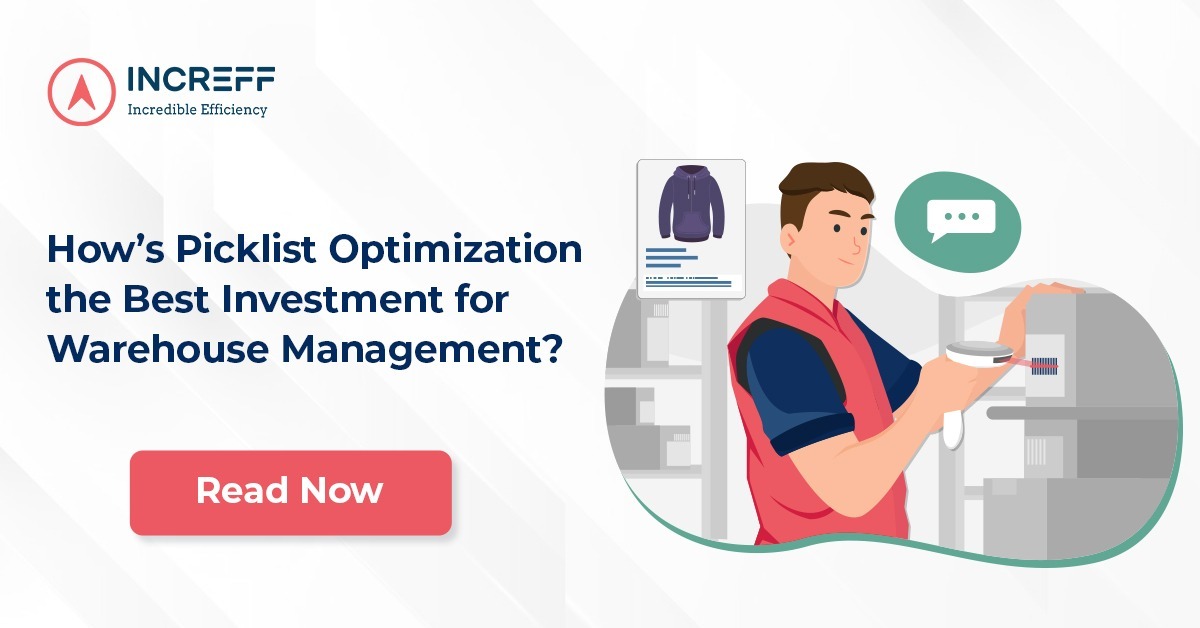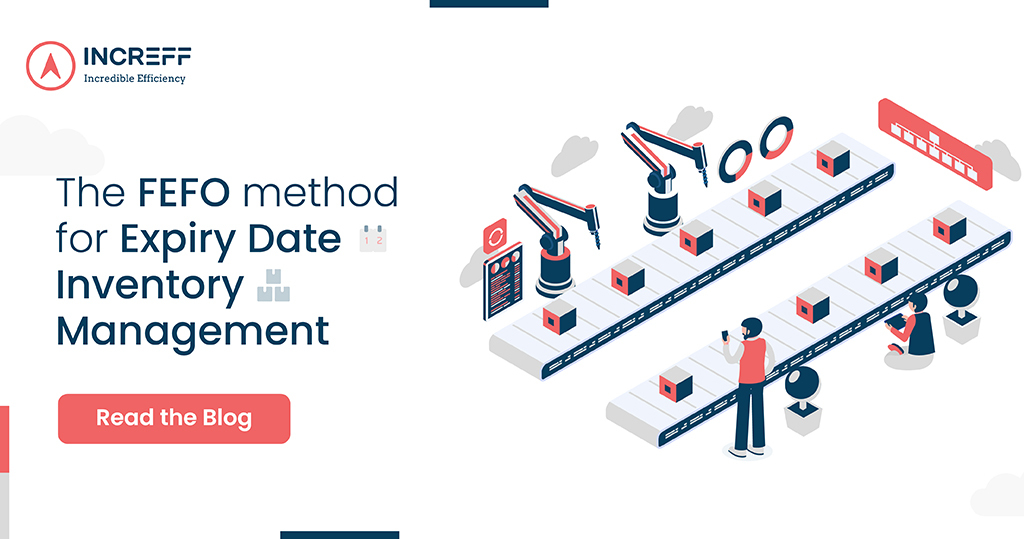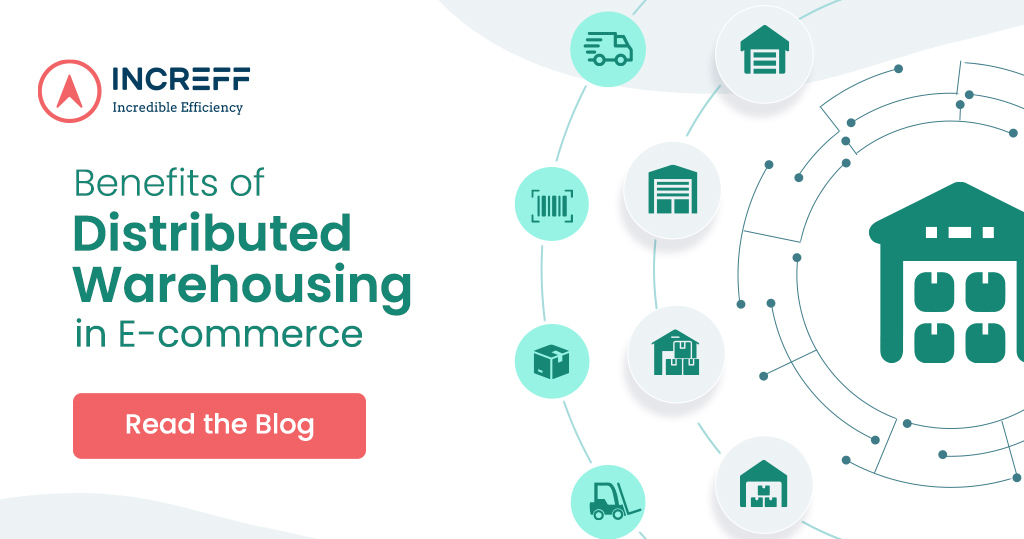In the fast-paced world of warehouse management, where every second counts and customer expectations continue to soar, finding ways to optimize operations is crucial for success. Among the myriad of strategies available, picklist optimization stands out as a game-changing investment. Imagine a warehouse where order pickers effortlessly navigate through the aisles, maximizing their productivity while minimizing unnecessary steps. Picture a scenario where accuracy is paramount, and customer satisfaction soars as orders are fulfilled with precision and speed.
This is the power of picklist optimization—a strategic approach that revolutionizes warehouse management.
Understanding Picklist Optimization
Picklist optimization is the process of organizing and sequencing picklists to minimize travel time and maximize efficiency during order picking. It involves intelligent algorithms and data analysis to determine the most efficient route for picking items, taking into account factors such as product location, order priority, and picker availability. By optimizing the sequence of picks, warehouses can significantly reduce the time and effort required to fulfill orders.
In this blog post, we will delve into the reasons why picklist optimization is the ultimate investment for warehouse management, unlocking a world of enhanced efficiency, reduced costs, and delighted customers. Get ready to discover the secret to transforming your warehouse into a well-oiled order fulfillment machine!
Enhanced Operational Efficiency
One of the primary benefits of picklist optimization is improved operational efficiency. Traditional warehouse picking methods often result in unnecessary travel time and inefficient paths, leading to wasted resources and increased labor costs. By optimizing picklists, warehouses can reduce travel distances, minimize congestion, and improve overall picking speed. This efficiency translates into higher productivity, increased throughput, and shorter order fulfillment cycles.
Minimized Picker Fatigue
Order picking can be physically demanding work, and picker fatigue is a common issue in warehouses. Fatigue can lead to reduced accuracy, slower performance, and increased risk of errors. With picklist optimization, warehouses can reduce picker fatigue by minimizing excessive walking and creating more logical picking routes. By optimizing the sequence of picks, pickers can complete their tasks more comfortably and efficiently, leading to improved accuracy and reduced employee turnover.
Increased Order Accuracy
Order accuracy is crucial for customer satisfaction and retention. Inaccurate orders result in unhappy customers, returns, and potential damage to the company’s reputation. Picklist optimization helps mitigate this risk by ensuring that pickers follow logical and efficient routes, minimizing the likelihood of errors. By reducing the number of picking mistakes, warehouses can enhance order accuracy and improve customer satisfaction, ultimately leading to higher customer loyalty and increased sales.
Cost Reduction
Warehouse management involves various costs, including labor, inventory holding, and transportation. Picklist optimization directly contributes to cost reduction by optimizing the use of resources. By minimizing travel time and streamlining the picking process, warehouses can save on labor costs, reduce overtime expenses, and maximize picker productivity. Moreover, improved order accuracy reduces the costs associated with returns, replacements, and customer service inquiries. Overall, picklist optimization is a cost-effective investment that delivers significant long-term savings.
Scalability and Adaptability
As businesses grow, their warehousing needs evolve, and scalability becomes essential. Picklist optimization systems are highly scalable and adaptable to changing warehouse dynamics. They can handle varying order volumes, different product assortments, and evolving order priorities. By investing in picklist optimization, warehouses can future-proof their operations and ensure continued efficiency, even during periods of rapid growth or change.
Precision in Every Pick: How Increff WMS helps
Increff WMS offers a comprehensive set of features and functionalities that enable efficient picking optimization. From intelligent order consolidation to zone-based picking and advanced technologies integration, Increff WMS empowers warehouses to streamline their picking processes, enhance productivity, and achieve higher levels of operational efficiency. Here’s how Increff WMS helps in picking optimization:
- Intelligent Order Consolidation: Increff WMS intelligently consolidates multiple orders based on factors such as product compatibility, proximity, order SLA time, and priority. By grouping orders with similar items or picking locations, it minimizes the travel time and distance required to fulfill multiple orders simultaneously.
- Dynamic Picklist Generation: The system generates picklists dynamically, taking into account real-time inventory updates, order priorities, and picker availability. It ensures that picklists are optimized based on the most efficient routes and sequencing, reducing picker idle time and increasing overall productivity.
- Zone-based Picking: Increff WMS supports zone-based picking strategies, dividing the warehouse into different zones based on product categories or locations. Pickers are assigned specific zones, optimizing their movements within their designated areas and minimizing unnecessary travel across the entire warehouse.
- Wave Picking: Wave wise picking is a warehouse management technique where items are picked in groups or “waves” based on a configured wave size and frequency. This method helps in improving picking efficiency by allowing pickers to focus on a specific set of items in a particular wave sequence. As soon as all items of the least wave sequence are picked, the picker will be assigned the next aisle to pick.
- Pick-to-Light Picking: This provide pickers with real-time instructions and guidance, reducing errors and improving picking accuracy while further optimizing the process.
- Real-time Inventory Visibility: Increff WMS provides real-time visibility into inventory levels and locations. Pickers can easily locate products and select the most efficient picking path based on the availability and proximity of items. This eliminates wasted time searching for products, streamlining the picking process.
- Performance Tracking and Analytics: The WMS software captures data related to picking performance, such as pick rates, order fulfillment time, and picker productivity. Increff WMS generates comprehensive reports and analytics, enabling warehouse managers to identify bottlenecks, optimize workflows, and make data-driven decisions for continuous improvement.
- Scalability and Flexibility: Increff WMS is scalable and adaptable to the evolving needs of growing businesses. It can handle varying order volumes, multiple warehouses, and changing fulfillment priorities, ensuring that picking optimization remains effective even as the business expands. The user is allowed to set the Release Preference as per channel or as per SLA etc
So, whether you’re a small e-commerce startup or a large-scale distribution center, investing in picklist optimization is not just a wise decision—it’s a game-changer. Embrace the power of picking optimization, harness the capabilities of Increff WMS, and witness the transformation of your warehouse into a well-oiled machine. It’s time to break free from the constraints of the past and step into a future where efficiency, accuracy, and customer delight go hand in hand — unlock the true potential of your warehouse management.






